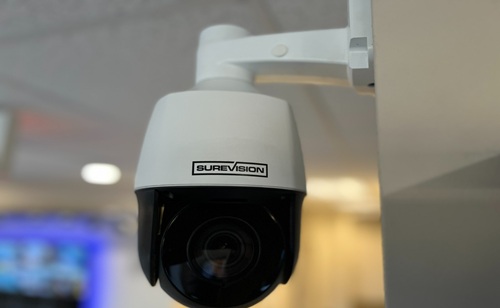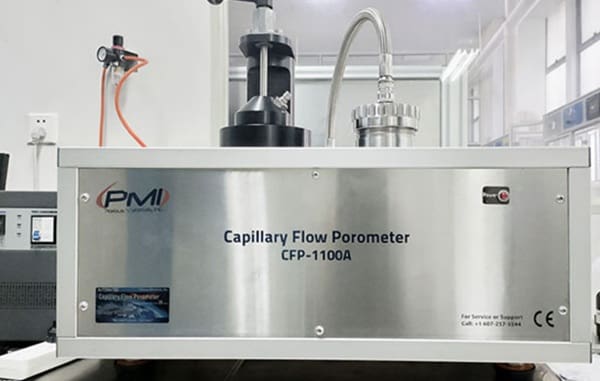You can have the most advanced camera system on the market, but if it’s poorly positioned or improperly configured, it might not protect you the way you expect. Many homeowners assume that simply installing cameras is enough to deter crime or capture incidents, but the real power of a surveillance system comes from how it’s used. Small decisions—like where a camera points, how it’s lit, and when it records—make the difference between a clear, useful recording and a fuzzy image that offers no help. The same principle applies when you’re setting up an alarm security system: strategy and attention to detail turn equipment into real protection.

See What the Camera Sees
The first step to maximizing camera performance is to think like the camera. Stand in its position and look at what it “sees.” Is the view blocked by a tree branch, a porch column, or the glare of a nearby light? Even high-end cameras can’t fix poor visibility. Placement should balance coverage and clarity—wide enough to monitor key areas, but not so wide that faces or license plates become indistinguishable.
It’s often better to have several well-placed cameras than one attempting to watch everything. Entry points like doors, driveways, and accessible windows should be top priorities. Aim for chest-to-head height for identifying people, and consider angles that capture approach routes rather than just the point of entry.
Lighting: The Secret Weapon of Clear Footage
Lighting can make or break your security footage. Cameras rely on consistent light to render clear images, and shadows or glare can make details impossible to see. Outdoor lighting should be bright but not blinding. Motion-sensor lights are particularly effective—they not only improve visibility but also startle potential intruders.
For night vision, keep in mind that infrared illumination has limits. Objects too close to the lens can reflect light back and wash out the image. Keep the area around the camera clear, and if possible, use external lighting to support low-light performance.
The Illuminating Engineering Society provides detailed recommendations on residential and commercial lighting, which can help you plan camera-friendly illumination that balances safety and energy efficiency.
Avoid the Common Pitfalls
One of the most overlooked issues in home security footage is poor exposure. Cameras pointed directly toward sunlight, reflective windows, or headlights can become blinded by brightness. A simple shift in angle—just a few degrees—can solve this problem. Similarly, dirty or weathered camera lenses drastically reduce image quality. A quick cleaning every few weeks ensures your cameras are actually recording what you think they are.
Another common problem is false motion alerts. These drain your system’s power and flood your phone with notifications. Adjust the motion sensitivity settings to focus on human activity, not swaying trees or passing cars. Some modern systems include “smart motion” zones, allowing you to customize detection areas. Take time to test these zones; it’s worth it for fewer false alarms and better accuracy.
Leverage Technology, but Keep It Simple
More features don’t always mean better performance. Many people buy advanced cameras with face recognition or object tracking but never learn how to use those functions. A simple, well-optimized setup often outperforms a complicated one. Make sure your cameras record continuously or on motion, depending on your security goals. If your system includes cloud storage, confirm that videos are actually uploading and not being overwritten too quickly.
Keep firmware updated to maintain cybersecurity. Outdated devices can be vulnerable to hackers, turning your protective equipment into a privacy risk. The Cybersecurity and Infrastructure Security Agency regularly publishes tips on how to secure connected home devices, including cameras, routers, and smart systems.
Blend Visibility with Subtlety
There’s a balance between showing cameras for deterrence and keeping them discreet enough to prevent tampering. A visible camera near the front door can discourage opportunistic theft, while less visible ones can quietly cover side entrances or the backyard. Fake cameras, while inexpensive, don’t replace the value of genuine coverage—they can be spotted easily by experienced criminals.
If you’re worried about aesthetics, modern camera designs are smaller and sleeker than ever. They can be hidden within porch lights, doorbells, or decorative fixtures while still capturing high-quality footage. The key is to position them where they have a clear view of potential paths, not hidden completely out of sight.
Test, Review, and Adjust Regularly
Security cameras aren’t a “set it and forget it” investment. Regular reviews are essential. Walk through your property every few months, especially after seasonal changes that might affect lighting or landscaping. Rewatch sample footage during both day and night to see what’s working and what isn’t.
You might discover, for example, that nighttime glare from a neighbor’s light washes out your view, or that shifting shadows during certain hours obscure faces. Continuous tweaking keeps your setup effective. Treat your system like a living part of your home security—it should evolve as your environment changes.
The Real Goal: Prevention, Not Just Proof
A well-planned camera system doesn’t just record crime—it prevents it. When potential intruders see visible cameras and responsive lighting, they often decide it’s not worth the risk. Combined with clear sightlines, smart placement, and updated software, your cameras can act as both watchdog and witness.
The most effective systems work quietly in the background, providing peace of mind without constant management. With attention to lighting, angles, and regular upkeep, your security cameras can do more than watch—they can truly protect.

